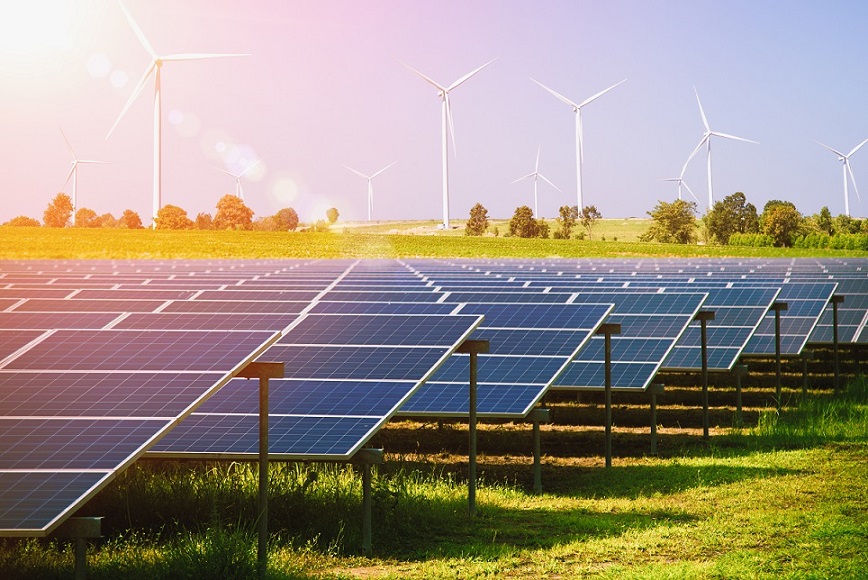
A community microgrid is one of the most revolutionary concepts to emerge in the distributable/renewable energy realm.
They offer a unique, cost-effective option for communities to take control of their energy needs.
What is a microgrid?
Essentially, a microgrid is a localised grouping of electrical sources and loads.
This could be as small as three houses, with solar panels and batteries, or large enough to power communities, towns, cities and islands with their own generation plants.
Understanding macro to conceptualise micro
Larger electricity grids, or macro-grids, are a conventional electricity network that is comprised of three elements: home and business consumers of energy; electricity delivery infrastructure, which is the poles and wires; and large-scale power plants (coal, gas, wind, nuclear and hydro).
The size of the power plants and the distance the electricity travels determine the basis for the macro-grid concept.
This has been the model for electricity grids since their creation, more than a century ago.
The microgrid difference
Relatively recently, a fourth component has emerged in the conventional electricity-grid structure — offering small-scale distributed generation.
Enter the microgrid. The most notable example of this is the rooftop solar panel.
For the first time, homeowners are able to control a portion of their energy needs, rather than being reliant on the electricity grid and large-scale, often remote, power plants.
The major components needed for the creation of a microgrid community include local generation; consumption (or load); energy storage; grid-management system; and point of common coupling (in which the microgrid connects to the main grid).
Types of microgrids
Microgrids are created and utilised for five or more categories. Those that have investment potential for property developers and owners include:
- Community microgrids — whose focus is to pool local resources (mainly small-scale renewables) to maximise energy self-reliance
- Institutional microgrids — used for universities and hospitals that require constant power, in the event that the main grid goes down
- Remote-area microgrids — have no connection to a larger grid and are completely self-reliant on their energy supply
- Commercial/industrial microgrids — used for commercial, manufacturing and data storage facilities for which loss of power from the main grid could prove costly or devastating. In some cases, microgrids can supply power to the system, indefinitely.
How to join a community microgrid
You could join a microgrid community; create a microgrid from existing network infrastructure, or you could create a new microgrid.
Each of these options has its benefits and challenges but, ultimately, taking control of and managing the microgrid system offers unlimited potential in the supplementary supply of renewable energy.
Search for community microgrids in your region or contact renewable energy suppliers to find out how you can join a community microgrid.
